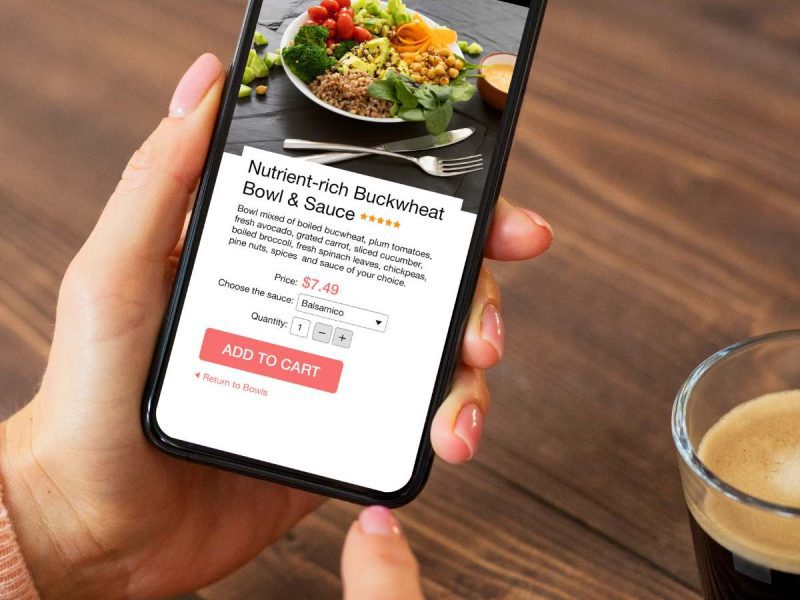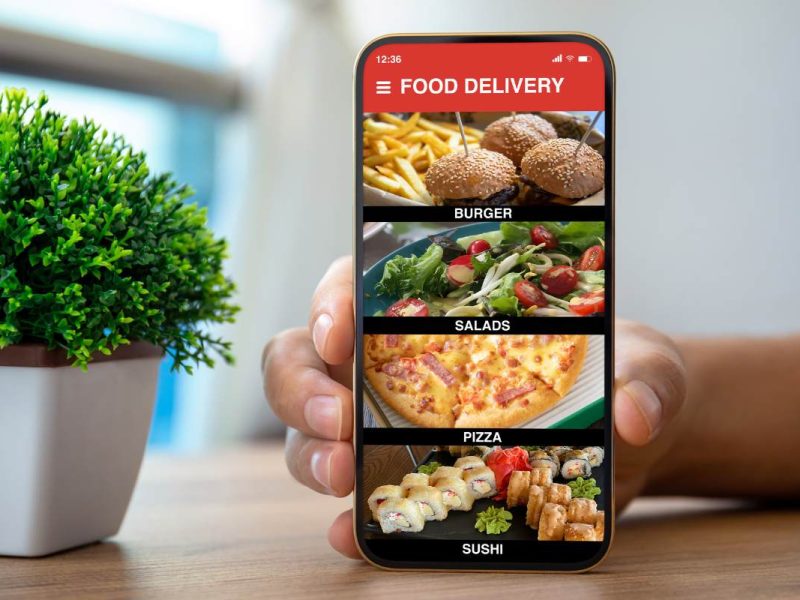
From Concept to Kitchen: A Step-by-Step Guide
Are you an aspiring entrepreneur with a passion for food and a desire to break into the booming virtual restaurant industry in Australia? If so, you’ve come to the right place! In this blog post, we’ll take you on a culinary journey from concept to kitchen as we explore the step-by-step process of launching a virtual food brand in Australia.
Virtual restaurants, also known as ghost kitchens or virtual brands, have become a hot trend in the food industry, offering a unique and innovative way for aspiring food entrepreneurs to bring their culinary creations directly to customers’ doorsteps. Whether you’re a seasoned chef, a home cook with a killer recipe, or a visionary with a creative food concept, this guide will provide you with the essential knowledge and practical tips to turn your idea into a successful virtual food brand.
So, if you’re ready to embark on an exciting culinary adventure and join the ranks of successful virtual food brands in Australia, let’s roll up our sleeves, put on our chef hats, and start bringing your delicious creations to life in the virtual kitchen!
Crafting Your Virtual Food Brand Concept and Menu
Before you dive into the virtual restaurant world, it’s crucial to develop a strong brand concept and menu that will capture the attention and taste buds of your target audience. This section will guide you through the process of crafting your virtual food brand concept and menu, ensuring that you create a unique and enticing culinary experience for your customers.
- Identify your target audience: Start by understanding who your ideal customers are. Consider their preferences, demographics, and dining habits. This knowledge will help you tailor your concept and menu to meet their needs and desires.
- Define your brand identity: Establish a clear brand identity that reflects your concept, values, and desired customer experience. Think about your brand name, logo, colors, and overall aesthetic. Your brand identity should be consistent across all touchpoints, from your website and social media profiles to your packaging and promotional materials.
- Refine your menu: Create a menu that showcases your culinary expertise and highlights your unique selling points. Consider the latest food trends, dietary preferences, and local market demands. Strive for a balance between popular crowd-pleasers and innovative, signature dishes that set you apart from the competition.
- Focus on quality and consistency: Ensure that every dish on your menu meets high-quality standards and delivers a consistent dining experience. Use fresh, locally sourced ingredients whenever possible and pay attention to flavor profiles, textures, and presentation.
- Test and iterate: Before launching your virtual food brand, conduct test runs to gather feedback from a select group of customers. This will help you refine your recipes, portion sizes, pricing, and overall customer experience. Embrace feedback as an opportunity for improvement and fine-tuning.
Building a Strong Online Presence
In today’s digital age, having a strong online presence is essential for the success of your virtual food brand. This section will guide you through the steps of building a robust online presence that will attract customers and drive sales.
- Create a user-friendly website: Build a professional and user-friendly website that showcases your brand, menu, and ordering options. Ensure that your website is visually appealing, mobile-responsive, and easy to navigate. Include high-quality food photos, enticing descriptions, and clear instructions for placing orders.
- Optimize for search engines: Implement search engine optimization (SEO) strategies to improve your website’s visibility in search engine results. Research relevant keywords and incorporate them into your website’s content, meta tags, and headings. This will help potential customers find you when searching for food delivery options in your area.
- Leverage social media platforms: Establish a strong presence on social media platforms that are popular among your target audience. Create engaging content, share enticing food photos, and interact with your followers. Use social media advertising and influencer collaborations to expand your reach and attract new customers.
- Online food delivery platforms: Partner with popular online food delivery platforms such as Uber Eats, Deliveroo, or Menulog. These platforms have a large user base and can significantly increase your visibility and reach. Ensure that your menu is accurately represented on these platforms and that you provide prompt and reliable delivery service.
- Online marketing campaigns: Launch online marketing campaigns to promote your virtual food brand. Utilize paid advertising on search engines and social media platforms to target your desired audience. Offer special promotions, discounts, or loyalty programs to incentivize customers to try your virtual food brand.
- Online customer reviews and ratings: Encourage satisfied customers to leave positive reviews and ratings on platforms like Google, Yelp, or Tripadvisor. Positive reviews build trust and credibility, attracting new customers to your virtual food brand. Respond promptly and professionally to any negative reviews to address customer concerns.
Setting Up an Efficient Operations System
Launching a virtual food brand requires careful planning and organization to ensure smooth operations and excellent customer service. In this section, we’ll explore the key steps to set up an efficient operations system that will enable you to deliver exceptional dining experiences to your customers.
- Kitchen infrastructure: Establish a well-equipped kitchen that meets the specific needs of your virtual food brand. Consider the layout, equipment, and storage capacity required to efficiently prepare and package your menu items. Optimize your kitchen workflow to maximize productivity and minimize errors.
- Ingredient sourcing: Build relationships with reliable suppliers who can provide high-quality ingredients consistently. Source local and seasonal ingredients whenever possible to enhance the freshness and flavor of your dishes. Consider partnering with suppliers who specialize in delivering to virtual food brands.
- Standardized recipes and portion control: Develop standardized recipes for each menu item to ensure consistency in taste, presentation, and portion sizes. Implement portion control measures to manage costs and maintain consistency in customer experience. Train your kitchen staff to follow these recipes diligently.
- Packaging and presentation: Choose packaging materials that preserve the quality of your food during delivery and create a positive unboxing experience for customers. Invest in packaging that is eco-friendly and aligns with your brand image. Pay attention to details such as labeling, branding, and instructions for reheating or assembling dishes.
- Delivery logistics: Implement a reliable delivery system to ensure timely and efficient order fulfillment. Consider partnering with third-party delivery services or building an in-house delivery team, depending on your resources and volume of orders. Monitor delivery times, optimize routes, and provide real-time order tracking to enhance the customer experience.
- Customer support and feedback: Establish channels for customer support and feedback, such as a dedicated email address or customer service hotline. Promptly address inquiries, concerns, and feedback from customers to maintain their satisfaction and loyalty. Use customer feedback to identify areas for improvement and make necessary adjustments to your operations.
Embracing the Virtual Food Brand Revolution
Launching a virtual food brand in Australia opens up exciting possibilities for reaching a wider customer base, exploring innovative culinary concepts, and adapting to the evolving food industry landscape. In this blog post, we’ve provided a step-by-step guide to help you navigate the journey from concept to kitchen and create a successful virtual food brand.
From crafting a compelling brand concept and menu to building a strong online presence, setting up efficient operations, and delivering exceptional customer experiences, each step is vital in establishing a strong foundation for your virtual food brand’s success.
Remember to stay adaptable and continuously monitor market trends, customer preferences, and technological advancements. Regularly assess and refine your brand, menu, and operations to stay ahead of the competition and meet the evolving needs of your target audience.







